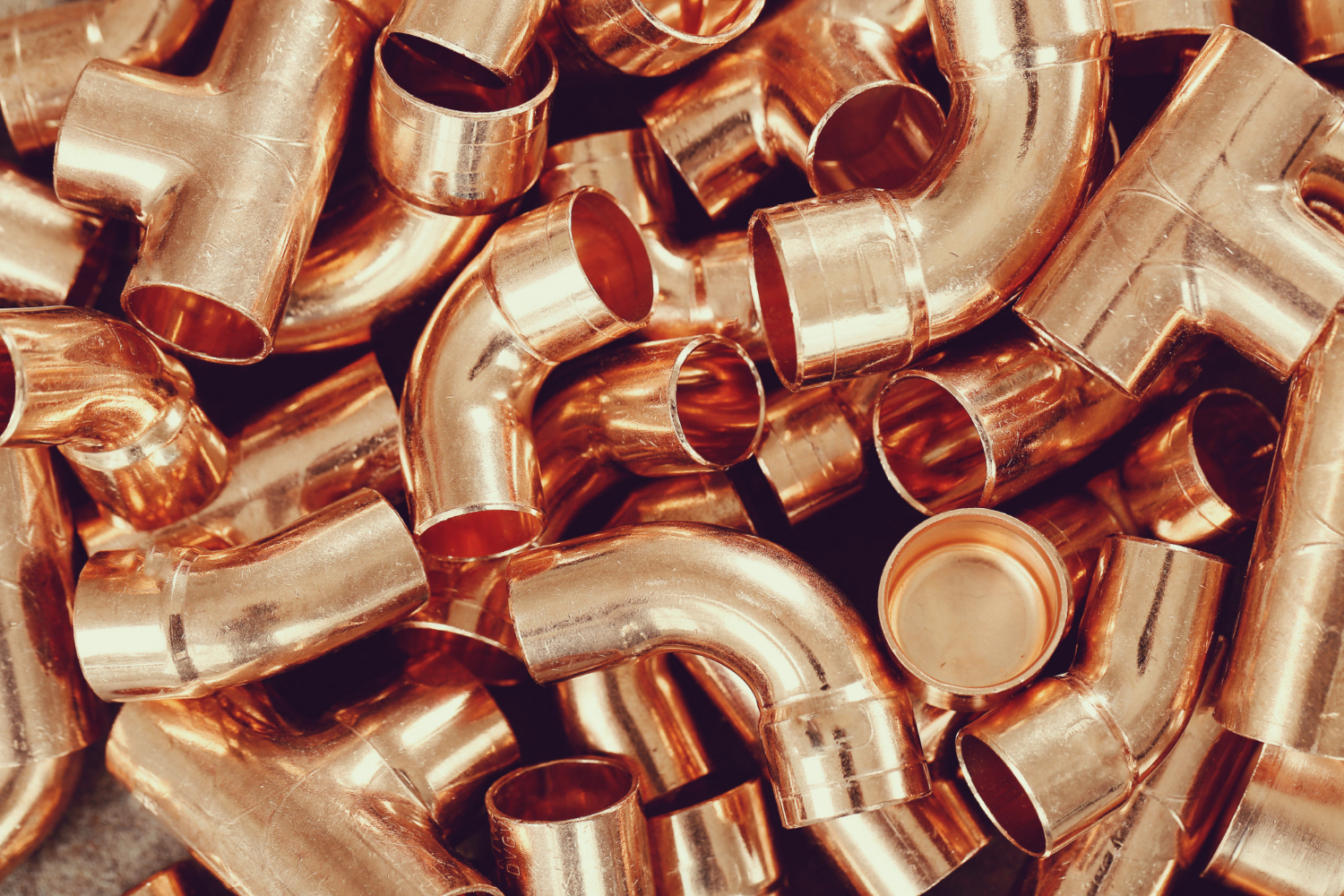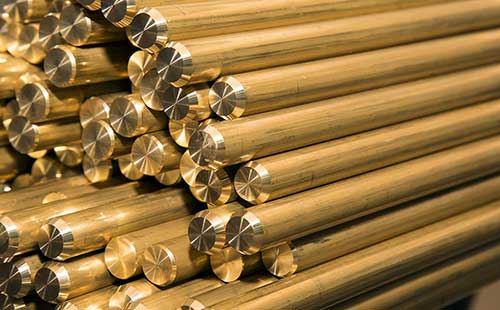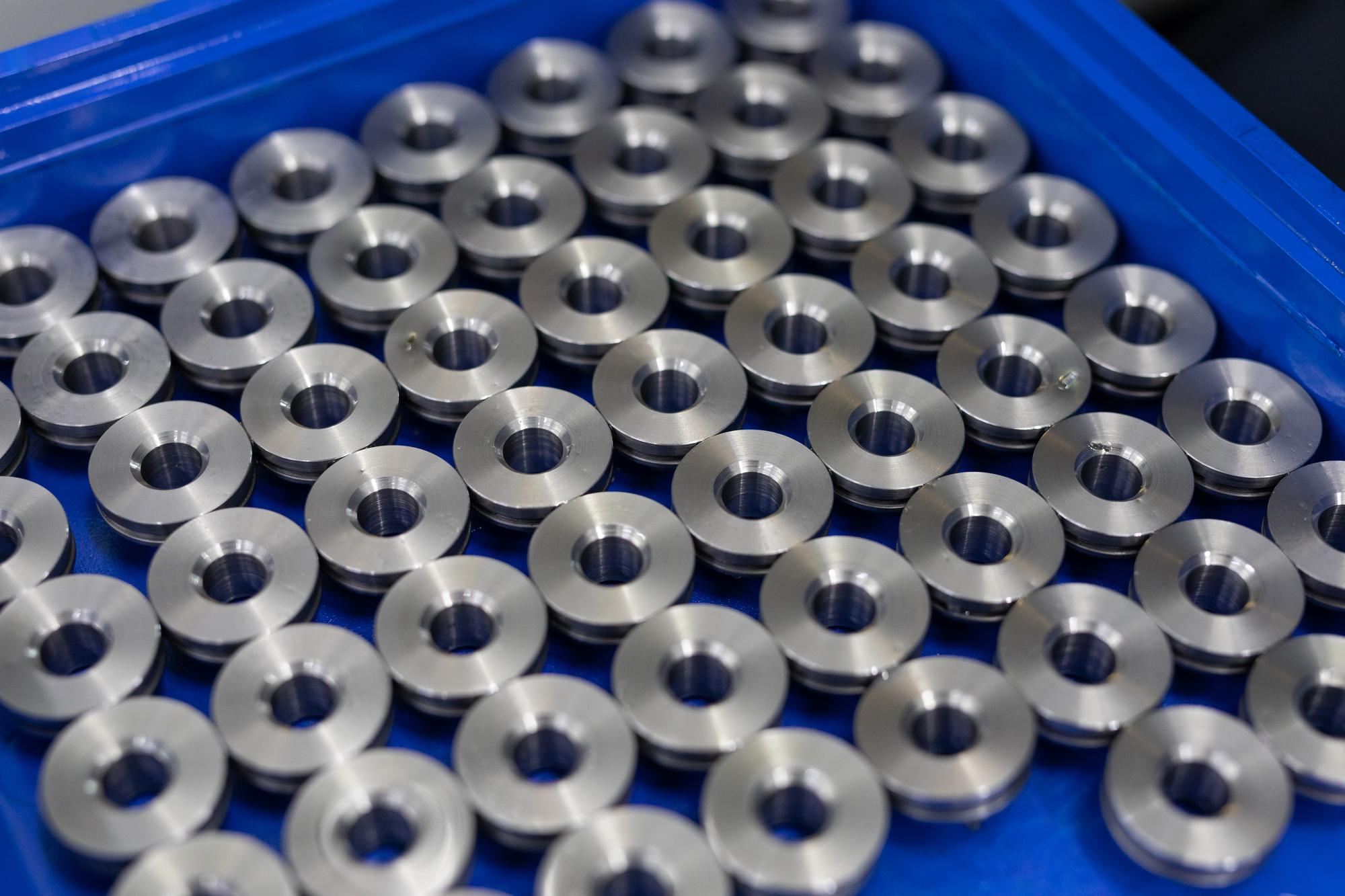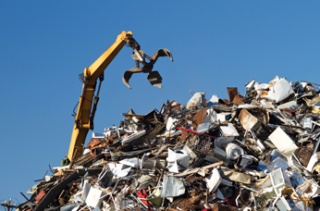• Fast and efficient, as they use a single network to detect multiple objects in an image.
• Good for tasks that require high precision and recall.
• May not provide detailed information about the shape or size of the objects.
• Require annotated training data to fine-tune the model for detecting metal objects.




• Provide detailed information about the shape and size of the objects.
• Can be used for tasks that require a detailed analysis of the objects.
• Slower and less efficient than object detection models.
• May require more computational resources to process large images.
• zsRequire annotated training data to train the model for segmenting metal objects.
We can use both Object Detection and Image Segmentation models in conjunction for finding metal objects in an image.
For example, you could use an Object Detection model to quickly identify the locations of metal objects in an image, and then use an Image Segmentation model to obtain detailed information about their shapes and sizes. This can be useful when you need to perform both a fast, high-level analysis of the objects as well as a more detailed, low-level analysis. It's important to note that combining these two approaches will require more computational resources and may be more complex to implement compared to using a single model. However, the benefits of using both models can outweigh the additional complexity, depending on the specific requirements and characteristics of your data.
We can use both Object Detection and Image Segmentation models in conjunction for finding metal objects in an image.
For example, you could use an Object Detection model to quickly identify the locations of metal objects in an image, and then use an Image Segmentation model to obtain detailed information about their shapes and sizes. This can be useful when you need to perform both a fast, high-level analysis of the objects as well as a more detailed, low-level analysis. It's important to note that combining these two approaches will require more computational resources and may be more complex to implement compared to using a single model. However, the benefits of using both models can outweigh the additional complexity, depending on the specific requirements and characteristics of your data.
The primary mission of this project is to efficiently gather a substantial volume of data and meticulously annotate it, all while adhering to the May 1st deadline. Once this data collection phase is completed, the project will transition into a critical phase of data preparation. This will involve extensive pre-processing, intelligent data augmentation, strategic data splitting, and necessary data balancing to create a dataset optimized for input into our computer vision model. The ultimate vision for this project is to leverage this meticulously curated dataset to achieve the highest levels of accuracy and precision in our computer vision tasks. By paying meticulous attention to data quality and model readiness, we intend to unlock the full potential of our computer vision model, resulting in robust and dependable predictions.